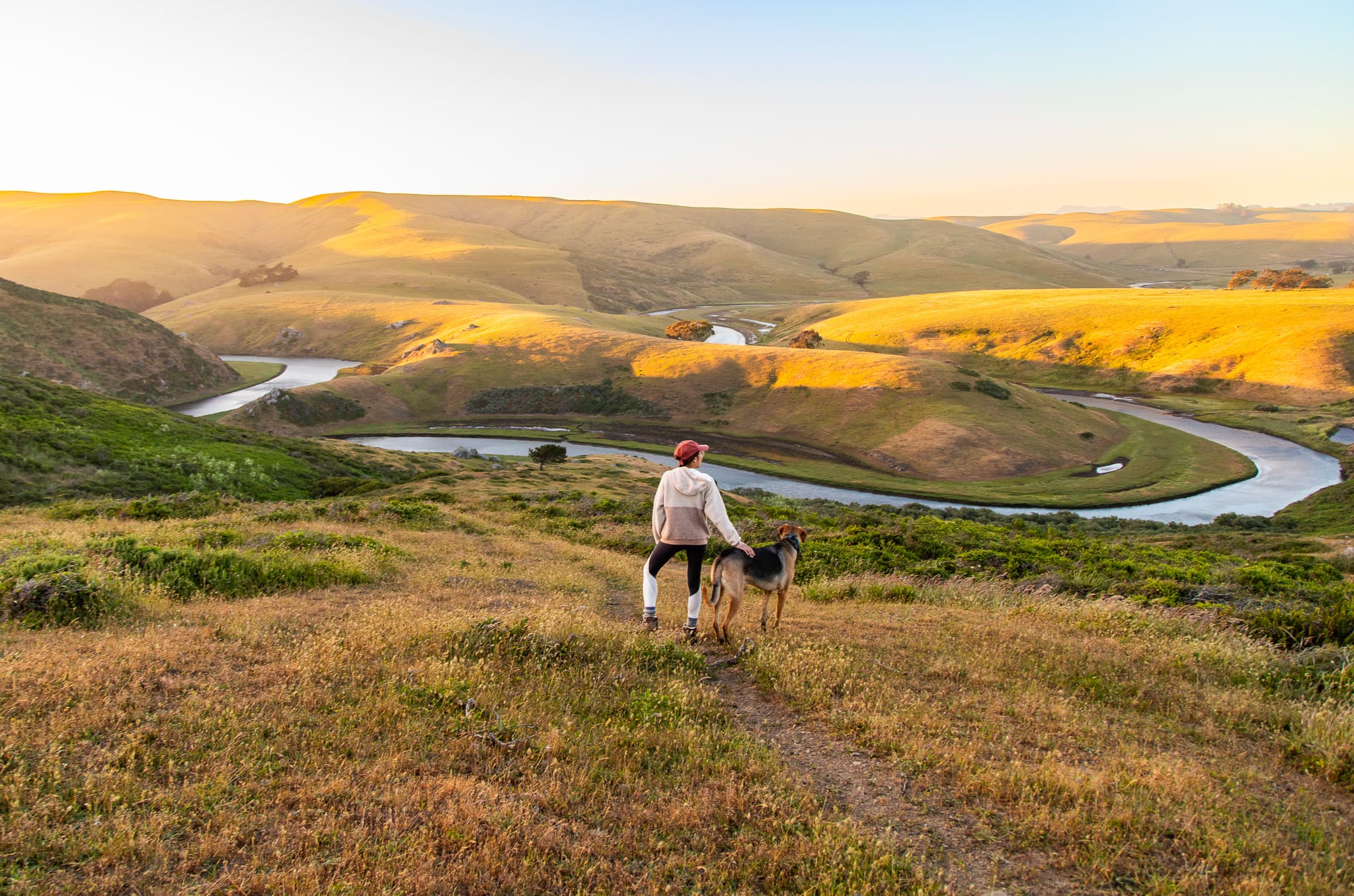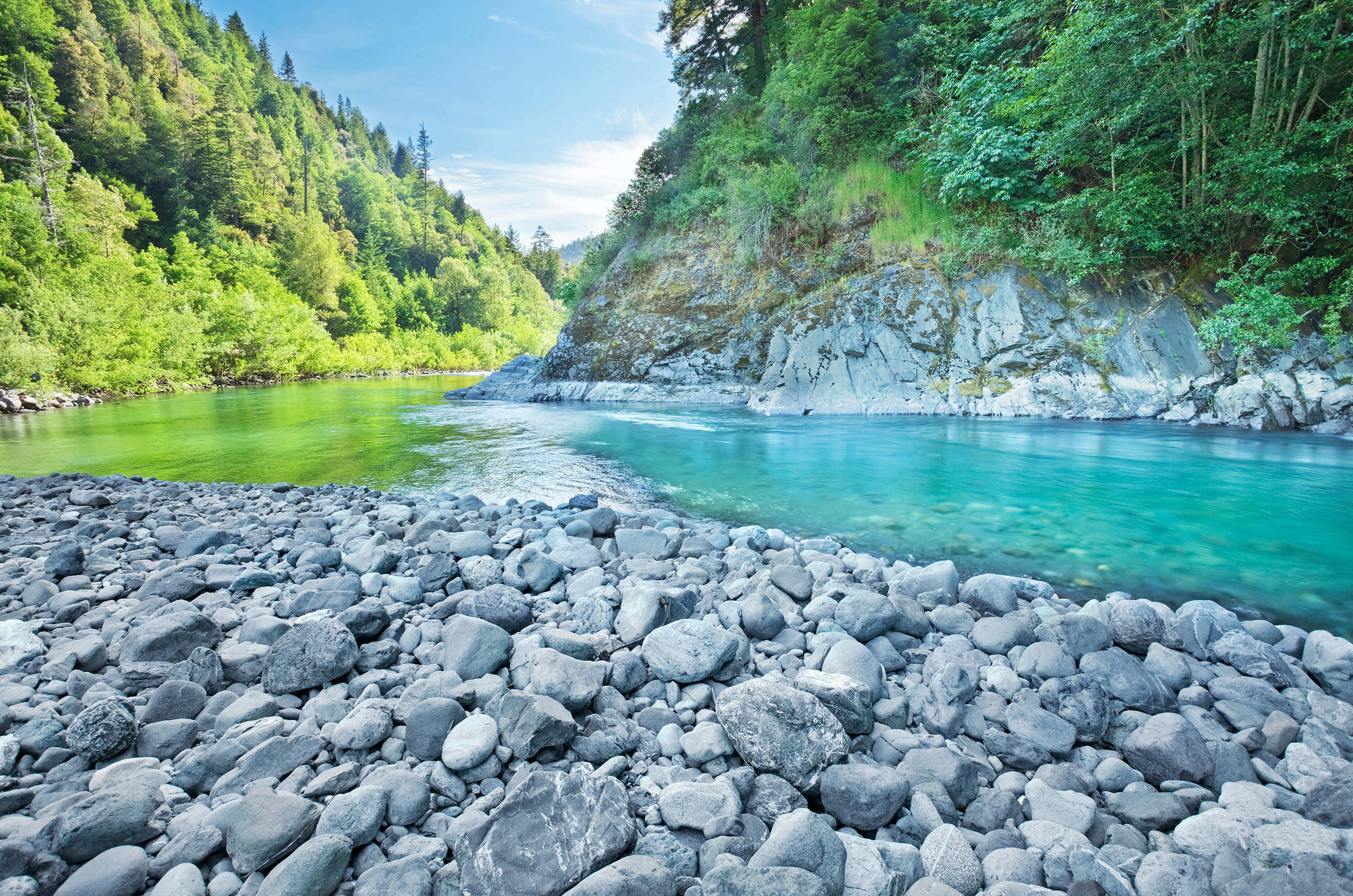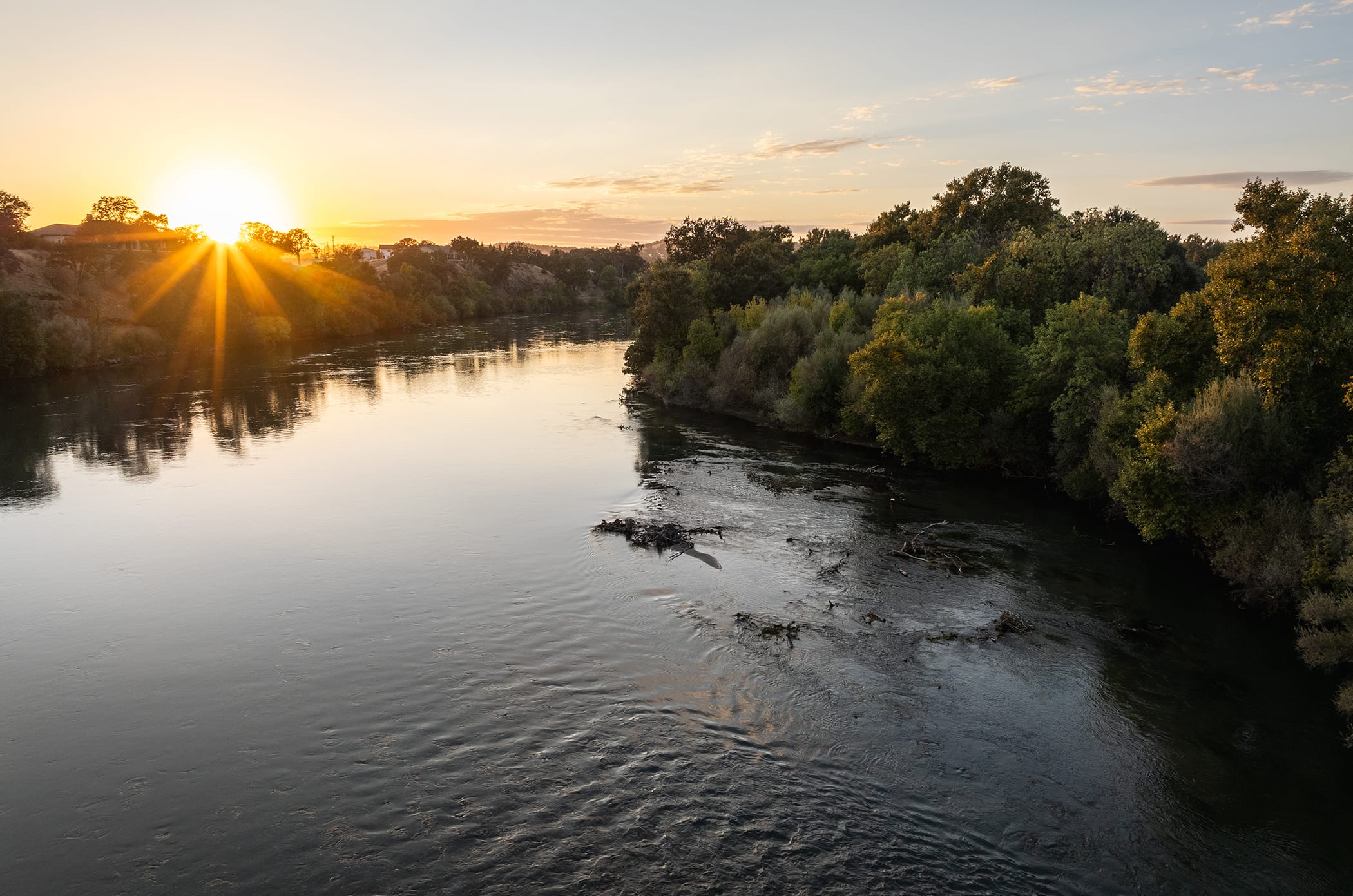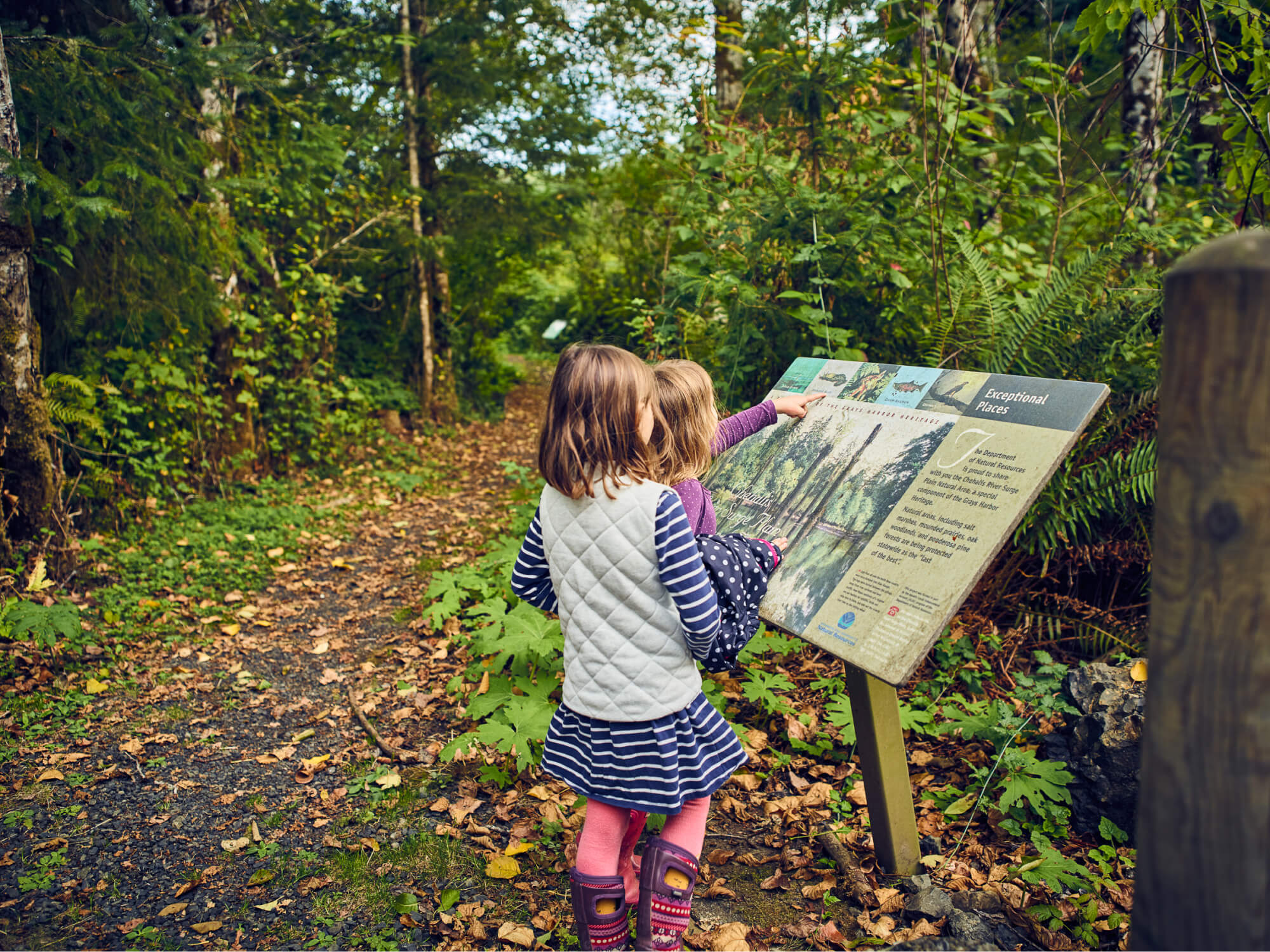A HAVEN FOR FISH, WILDLIFE, BOATERS AND ANGLERS
The 184-mile-long Carson River is a lifeline for communities across two states, carrying snowpack from California’s High Sierra through lush meadows, wide valleys, craggy canyons and high-desert sagebrush plateaus to where it empties into Nevada’s Carson Sink. The largest of the Carson’s tributaries, the East Fork Carson River is a scenic gem visited by recreationists from across the West. It boasts trophy trout waters, a state-designated wild and scenic segment, numerous hot springs, a rich history and exciting whitewater. It is also one of few major rivers in the Eastern Sierra that is undammed.
Near the town of Markleeville, WRC is working to acquire and conserve a 1,688-acre property called Park Ranch that includes 1.6 miles of the East Fork Carson River as well as roughly three combined miles of Carson tributaries Markleeville Creek, Pleasant Valley Creek and Hot Springs Creek. The property is made up of cottonwood and willow stands, mixed conifer forests, sagebrush-steppe and significant mountain meadows that provide habitat for diverse fish and wildlife. The portion of the East Fork Carson that runs through Park Ranch is especially cherished among anglers and whitewater enthusiasts who seek out its feisty trout and lively Class II-III rapids. Conserving this property represents a unique opportunity to marry fish and wildlife habitat preservation, recreation access and wildfire protection for the community of Markleeville.
A FUTURE OF CONSERVATION, AN ONGOING RANCHING LEGACY
Despite decades of habitat disturbances, the East Fork Carson is home to populations of native fish such as Lahontan cutthroat trout (federally threatened), Paiute sculpin, mountain whitefish, mountain sucker, Tahoe sucker, Lahontan redside shiner and speckled dace. The presence of such a high diversity of native fish in the East Fork Carson and its tributaries points to the high quality habitat these streams provide. For wildlife, Park Ranch is a key link in a migratory corridor that mule deer, black bear, bobcat and numerous other species rely on for survival.
WRC plans to purchase the property and convey it to Alpine County. Once in county ownership, Park Ranch will be managed for conservation and wildlife, with compatible grazing playing a role for both improved habitat and wildfire fuels reduction. Protecting the property will also significantly enhance recreation opportunities by expanding and connecting public access between the Markleeville Campground and hiking trails that begin at Hangman’s Bridge, just upstream of the ranch. Ultimately, Park Ranch’s future will be one that benefits fish, wildlife and recreationists alike, while maintaining the open space and character of the area’s ranching legacy.










